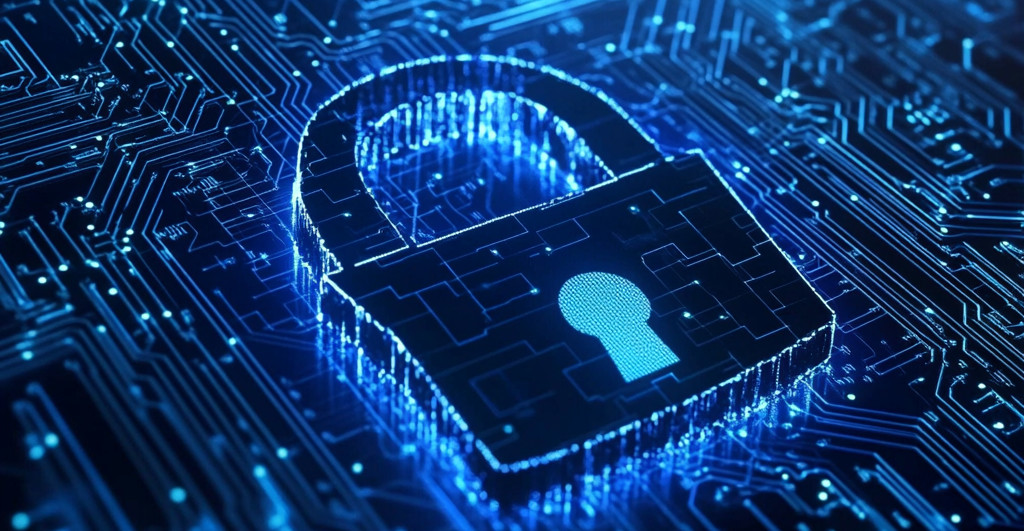In the realm of cybersecurity, the role of a SOC (Security Operations Center) analyst is pivotal in protecting organizations from ever-present digital threats. But what exactly does a cyber security SOC analyst do, and how do they respond to real-time threats?
What is a SOC Analyst in Cyber Security?
Before we examine how a SOC analyst responds to threats, let’s first understand their role within the cybersecurity landscape.
A cyber security SOC analyst is a professional responsible for monitoring, analyzing, and responding to security incidents within an organization’s IT infrastructure. They work within a Security
Operations Center, which serves as the central hub for an organization’s cybersecurity efforts.
The primary goal of a SOC analyst is to detect, investigate, and mitigate security threats in real time, helping to maintain the integrity, confidentiality, and availability of an organization’s digital assets.
Key Responsibilities of a SOC Cyber Security Analyst
The role of a SOC analyst is multifaceted and requires a diverse skill set. Here are some of the key responsibilities:
- Continuous monitoring of security systems and networks
- Analyzing security alerts and logs
- Investigating potential security incidents
- Coordinating incident response activities
- Developing and implementing security measures
- Conducting vulnerability assessments
- Staying updated on the latest threat intelligence
- Collaborating with other IT and security teams
Now that we understand the role let’s explore how a cyber security SOC analyst responds to real-time threats.
The Threat Detection Process
The first step in responding to real-time threats is detecting them. Here’s how a SOC analyst approaches this critical task:
1. Monitoring Security Tools
SOC analysts use a variety of security tools to monitor an organization’s networks, systems, and applications. These may include:
- Security Information and Event Management (SIEM) systems
- Intrusion Detection Systems (IDS)
- Firewalls
- Endpoint Detection and Response (EDR) tools
- Network traffic analyzers
2. Analyzing Alerts and Logs
As these tools generate alerts and logs, the SOC analyst must analyze this data to identify potential threats. This involves:
- Reviewing security alerts from various systems
- Analyzing log files for suspicious activities
- Correlating data from multiple sources to identify patterns
3. Threat Intelligence Integration
SOC analysts also incorporate threat intelligence into their monitoring processes. This involves:
- Staying updated on the latest cyber threats and attack techniques
- Using threat feeds to identify known malicious indicators
- Applying this knowledge to detect potential threats in their environment
Responding to Detected Threats
Once a potential threat is detected, the cyber security SOC analyst must take swift action to investigate and respond. Here’s a typical workflow:
1. Initial Triage
The first step is to quickly assess the severity and potential impact of the detected threat. This involves:
- Determining the type of threat (e.g., malware, phishing, unauthorized access)
- Assessing which systems or data may be affected
- Estimating the potential impact on the organization
2. In-Depth Investigation
After the initial triage, the SOC analyst conducts a more thorough investigation:
- Gathering additional data related to the incident
- Analyzing system and network logs
- Using forensic tools to examine affected systems
- Identifying the root cause of the incident
3. Containment
If the threat is confirmed, the SOC analyst takes steps to contain it and prevent further damage:
- Isolating affected systems from the network
- Blocking malicious IP addresses or domains
- Disabling compromised user accounts
- Implementing additional security controls as needed
4. Eradication
Once the threat is contained, the next step is to eliminate it from the environment:
- Removing malware from infected systems
- Closing security vulnerabilities that were exploited
- Resetting compromised credentials
- Updating and patching affected systems
5. Recovery
After the threat is eradicated, the SOC analyst assists in the recovery process:
- Restoring systems and data from clean backups
- Verifying that all systems are functioning correctly
- Monitoring for any signs of persistent threats
- Implementing additional security measures to prevent similar incidents
6. Lessons Learned
Finally, the SOC analyst conducts a post-incident review:
- Documenting the incident and response actions taken
- Identifying areas for improvement in the security posture
- Updating security policies and procedures as needed
- Sharing findings with relevant stakeholders
Tools and Technologies Used by SOC Analysts
To effectively respond to real-time threats, cyber security SOC analysts rely on a variety of tools and technologies. Some of the key tools include:
1. SIEM (Security Information and Event Management)
SIEM systems aggregate and analyze log data from various sources, providing a centralized platform for threat detection and incident response.
2. EDR (Endpoint Detection and Response)
EDR tools monitor endpoint devices for suspicious activities and provide capabilities for investigating and responding to threats.
3. SOAR (Security Orchestration, Automation, and Response)
SOAR platforms help automate and streamline incident response processes, improving efficiency and reducing response times.
4. Threat Intelligence Platforms
These tools provide up-to-date information on emerging threats, helping SOC analysts stay ahead of potential attacks.
5. Network Traffic Analysis Tools
These tools help analysts monitor network traffic for signs of malicious activity or data exfiltration.
6. Forensic Analysis Tools
Forensic tools assist in detailed investigations of security incidents, helping analysts uncover the root cause and full extent of a breach.
Challenges Faced by SOC Analysts
Responding to real-time threats is challenging. Some of the key difficulties faced by cyber security SOC analysts include:
1. Alert Fatigue
The sheer volume of alerts generated by security tools can be overwhelming, making it challenging to distinguish between true threats and false positives.
2. Evolving Threat Landscape
Cyber threats are constantly evolving, requiring SOC analysts to update their knowledge and skills continuously.
3. Shortage of Skilled Professionals
There’s a global shortage of skilled cybersecurity professionals, leading to high workloads and potential burnout.
4. Complex IT Environments
Modern IT environments are increasingly complex, making it challenging to maintain visibility and control across all systems and networks.
5. Time Pressure
Real-time threats require quick responses, putting SOC analysts under significant time pressure to investigate and mitigate incidents.
Best Practices for Effective Threat Response
To overcome these challenges and improve their threat response capabilities, SOC analysts can follow these best practices:
1. Prioritize Continuous Learning
Stay updated on the latest threats, attack techniques, and defense strategies through ongoing training and certification programs.
2. Implement Automation
Leverage automation tools to handle routine tasks, allowing analysts to focus on more complex threats and investigations.
3. Develop Clear Incident Response Plans
Create and regularly update incident response plans to ensure a coordinated and efficient response to various types of threats.
4. Foster Collaboration
Work closely with other IT and security teams to share knowledge, improve communication, and enhance overall security posture.
5. Practice Threat Hunting
Proactively search for hidden threats in the environment rather than solely relying on alerts from security tools.
6. Conduct Regular Exercises
Participate in simulated incident response exercises to improve skills and identify areas for improvement in the response process.
7. Emphasize Documentation
Maintain detailed documentation of incidents, responses, and lessons learned to improve future threat response efforts.
Conclusion
The role of a cyber security SOC analyst is critical in protecting organizations from the ever-present threat of cyber attacks.
By continuously monitoring for threats, quickly responding to incidents, and adapting to the evolving threat landscape, these professionals play a vital role in maintaining the security and integrity of digital assets.
As cyber threats continue to grow in sophistication and frequency, the importance of skilled SOC analysts will only increase.
Organizations that invest in building strong SOC teams and equipping them with the right tools and processes will be better positioned to defend against cyber threats and minimize the impact of security incidents.


